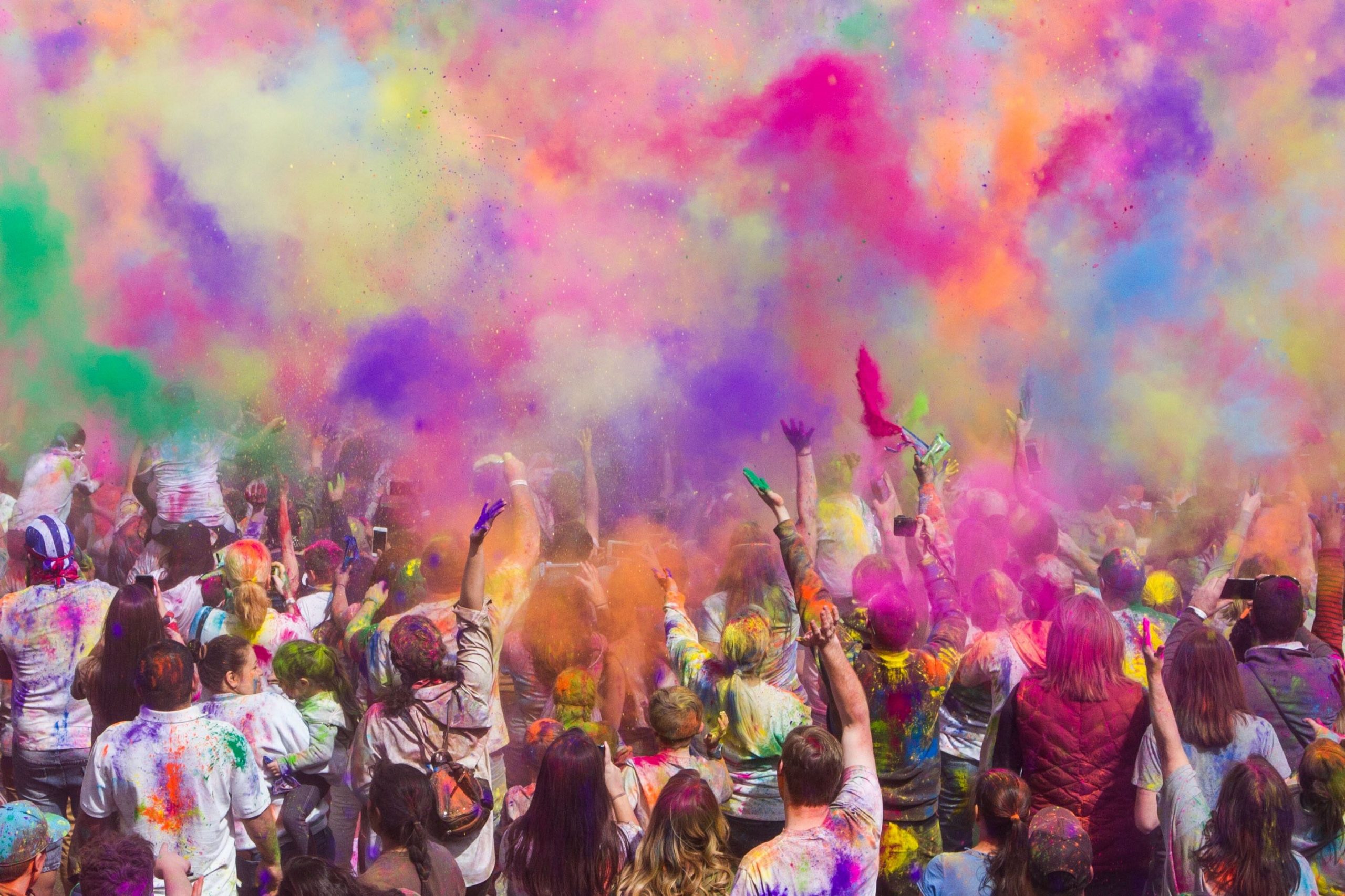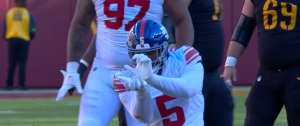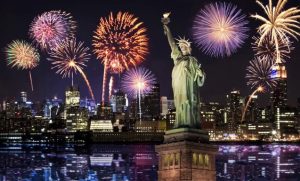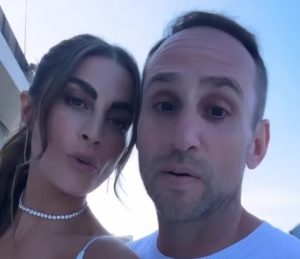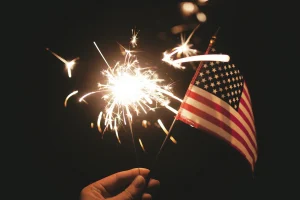Holika Dahan, also known as Choti Holi, is one of the most important Hindu festivals. Holika Dahan rituals kick off the celebrations for this auspicious occasion a day before Holi. On this day, people gather around a bonfire to pray and perform Holika Dahan rituals. The tradition is associated with Hiranyakashipu’s son Prahalad, a Lord Vishnu devotee, and his demon aunt, Holika. The bonfire symbolises the triumph of good over evil. The Holika Dahan muhurta is from 9:06 p.m. to 10:16 p.m., according to Drik Panchang on 17th March.
Also Read | Lasting colours: Widows celebrate Holi at Vrindavan temple
Holi is quickly approaching, and we have detailed the history and significance of this Indian festival. Holi is celebrated during the Hindu calendar month of Phalgun, which is usually in February or March.
Holi is one of the most anticipated Indian festivals, held as the winter season ends and the spring season begins in the subcontinent. Holi is primarily a colour festival in which children and adults smear gulal on each other and seek the blessings of their elders. It’s a two-day event. People celebrate Holika Dahan a day before having fun with colours and eating delicious food. On this day, people light a symbolic bonfire, which is said to extinguish all evil.
Also Read | Holi 2022: Tips to protect your eyes from colour
Date
Holi is celebrated during the Hindu calendar month of Phalgun, which corresponds to February-March on the Gregorian calendar. Holi will be celebrated on March 18 this year, and Holika Dahan will be observed on March 17 evening the muhurta is from 9:06 p.m. to 10:16 p.m., while ‘Rang Panchami’ will be celebrated across the country on March 18, 2022. Purnima Tithi begins on March 17 at 1:29 PM and ends on March 18 at 12:47 PM, according to Drikpanchang
Also Read | Teaching activities to remain suspended in Delhi University on Holi
History and Significance
According to Hindu mythology, the demon king Hiranyakashyap was given a reward that granted him the ability to not be killed by either a man or an animal, so he desired to be worshipped by people.
Hiranyakashipu wanted people to worship him, but his son, Prahlad, preferred Lord Vishnu. As a result, an enraged Hiranyakashipu decided to punish his son. He asked his fire-resistant sister Holika to join Prahlad in the fire. When she did, the flames killed Holika but spared Prahlad. Then Lord Vishnu took the form of Narasimha and killed Hiranyakashipu. This Holika occurrence is known as Holika Dahan.
Also Read | Bengal logs 65 fresh COVID-19 cases, relaxes night curfew on March 17-18 for Holi festivities
Holi is also a celebration of Lord Krishna and Radha’s divine love. As a result, elaborate Holi celebrations take place in Mathura and Vrindavan.

